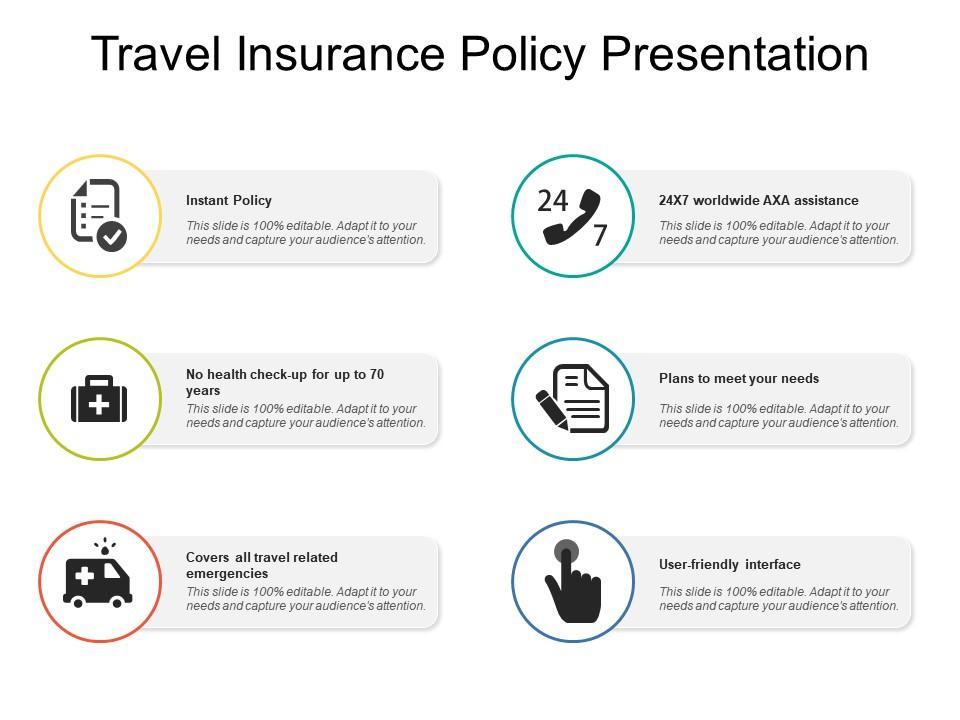In today’s fast-paced world, travel has become more accessible than ever, with millions jetting off to explore new destinations each year. However, amidst the excitement of planning itineraries and packing bags, one crucial aspect often leaves consumers perplexed: travel insurance. As an essential safety net, travel insurance is designed to protect against unforeseen circumstances such as trip cancellations, medical emergencies, and lost luggage. Yet, for many travelers, navigating the intricate terms and conditions of various policies can be daunting. This article delves into the complexities of travel insurance, examining whether its perceived intricacy deters consumers from making informed decisions, and offers guidance on how to demystify the process to ensure a worry-free journey.
Understanding the Complexities of Travel Insurance Policies
When it comes to navigating the intricacies of travel insurance, many consumers find themselves in a maze of terms and conditions. Policies often include a variety of components, each with its own set of rules and limitations. To help demystify these complexities, it’s crucial to understand the common elements found in most travel insurance policies:
- Coverage Types: Most policies offer a combination of trip cancellation, medical emergencies, lost luggage, and flight delays. Each type comes with its own criteria for what is and isn’t covered.
- Exclusions: These are specific situations or items that are not covered under the policy. Common exclusions include pre-existing medical conditions and adventurous activities like bungee jumping.
- Policy Limits: Every coverage type has a maximum payout limit. It’s important to review these limits to ensure they meet your needs, especially for high-cost scenarios like emergency medical evacuations.
- Deductibles: This is the amount you pay out-of-pocket before the insurance coverage kicks in. Higher deductibles often mean lower premiums, but it’s a balance that needs careful consideration.
Understanding these components not only aids in selecting the right policy but also empowers consumers to make informed decisions, ensuring peace of mind during their travels. By breaking down the jargon and focusing on key elements, travelers can better navigate their options and choose a policy that truly fits their needs.
Decoding Insurance Jargon for Better Decision-Making
Travel insurance can often feel like a labyrinth of unfamiliar terms and clauses, leaving many consumers bewildered. Yet, understanding the jargon is essential for making informed decisions. Consider the following key terms that can simplify your journey through travel insurance:
- Policyholder: This is the person who owns the insurance policy. If you’re purchasing travel insurance, that’s you.
- Premium: The amount you pay for your insurance coverage. It’s crucial to balance the premium with the coverage offered to ensure value for money.
- Deductible: The amount you must pay out-of-pocket before your insurance kicks in. A higher deductible often means a lower premium, but it can also lead to higher costs in the event of a claim.
- Exclusions: These are scenarios or conditions not covered by the policy. Always review these to avoid surprises during a claim.
- Claim: The request you make to your insurance company for payment based on your policy’s terms. Understanding the claims process can expedite your reimbursement.
By familiarizing yourself with these terms, you can navigate the complexities of travel insurance with greater confidence, ensuring that your policy provides the protection you need without unnecessary complications.

Strategies to Simplify Your Travel Insurance Experience
To navigate the often overwhelming world of travel insurance, consider implementing a few key strategies to streamline the process. First, prioritize your needs: identify what aspects of your trip require the most coverage, such as medical emergencies or trip cancellations, and focus on those. By honing in on what’s crucial, you can avoid being distracted by unnecessary add-ons. Next, compare policies using online tools that allow you to juxtapose different plans side by side. This method offers a clearer view of what each policy entails, helping you make an informed decision without sifting through endless fine print.
Another effective approach is to leverage expert advice. Consult with travel agents or insurance brokers who specialize in travel insurance; their insights can illuminate options you might not have considered. Additionally, consider joining online forums or communities where seasoned travelers share their experiences and recommendations. don’t underestimate the power of reading reviews. Real user feedback can provide valuable perspectives on the reliability and efficiency of different insurance providers. Implementing these strategies can transform the daunting task of selecting travel insurance into a more manageable and straightforward experience.

Expert Tips for Choosing the Right Travel Insurance Plan
When diving into the world of travel insurance, understanding the nuances can make all the difference between a smooth journey and a potential financial setback. Here are some expert insights to guide you:
- Assess Your Needs: Before selecting a plan, evaluate the specifics of your trip. Consider factors like the destination, duration, and activities planned. Are you going on a leisurely beach vacation or an adventurous hiking expedition? Your activities will dictate the level of coverage required.
- Understand Policy Details: It’s crucial to delve into the fine print. Look for information on coverage limits, exclusions, and the process for filing claims. Pay attention to the medical coverage, especially if traveling to regions with high healthcare costs.
- Compare Providers: Not all insurance providers are created equal. Use online comparison tools to juxtapose different plans. Look for reviews and ratings to gauge customer satisfaction and reliability.
- Check for Additional Benefits: Some policies offer perks like coverage for lost baggage, trip cancellation, or even emergency evacuation. These can provide added peace of mind during your travels.
By taking these steps, you can confidently choose a travel insurance plan that aligns with your unique travel itinerary and offers the protection you need.

